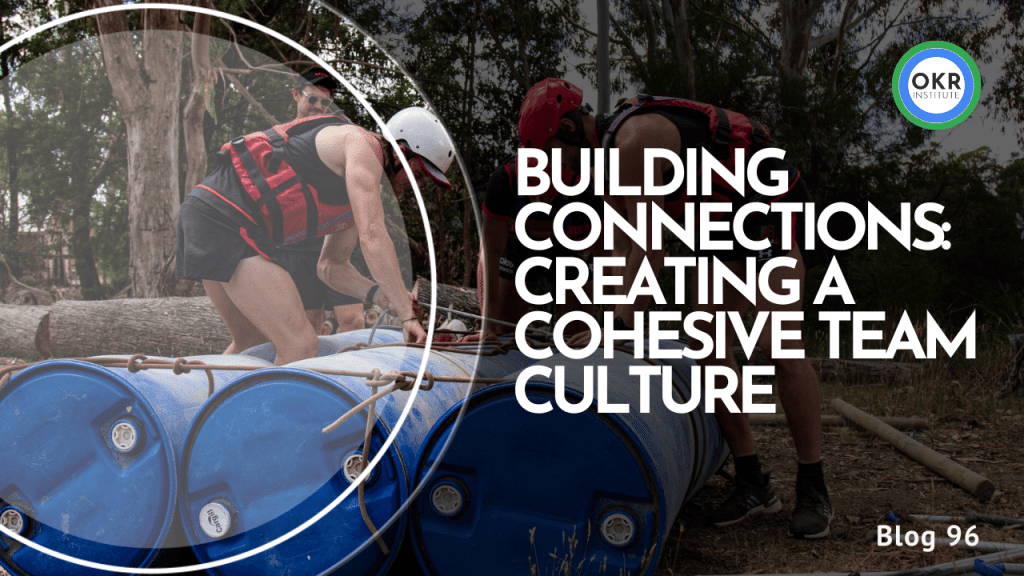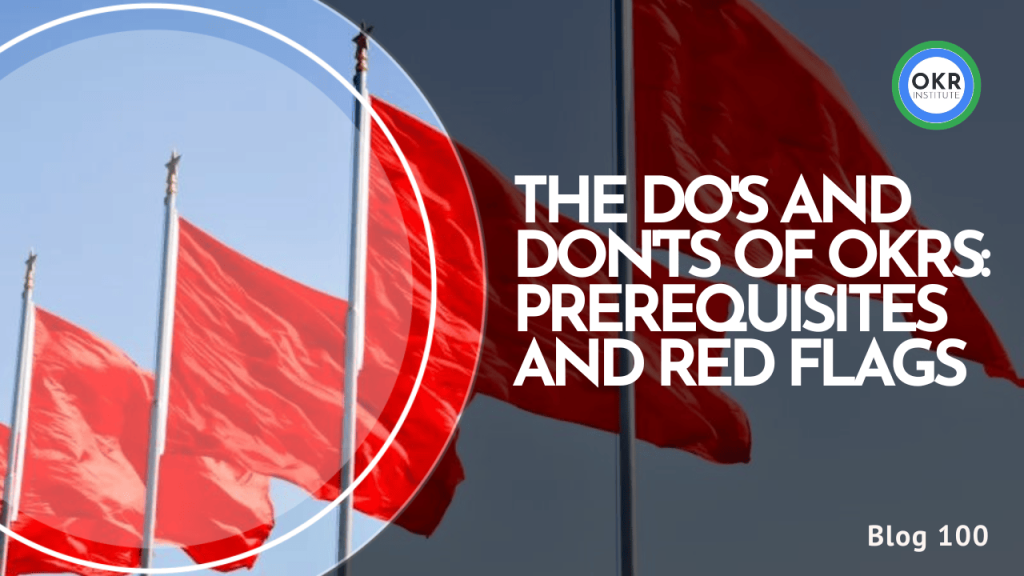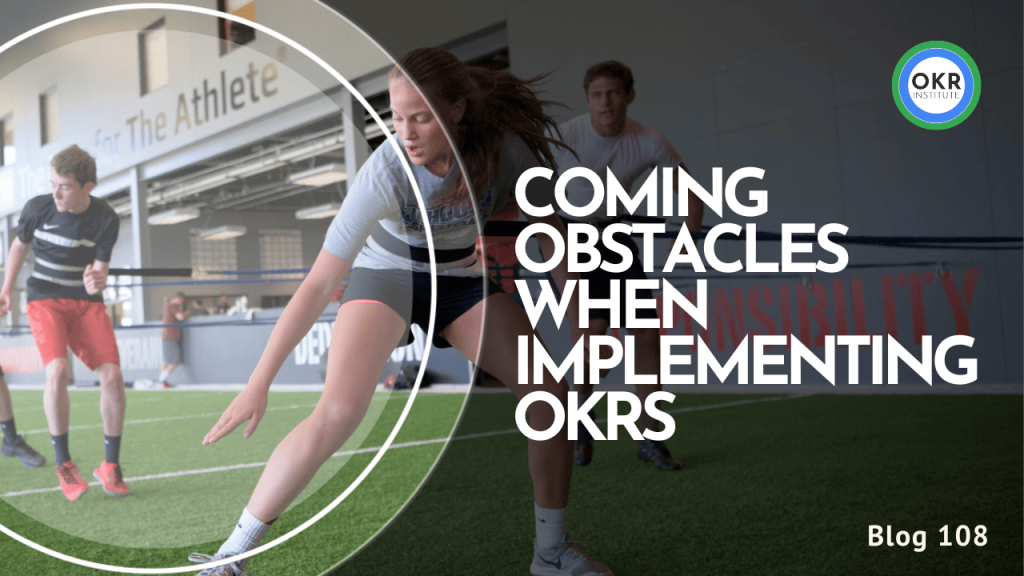Building Connections: Creating a Cohesive Team Culture

The Value of Effective Team Collaboration
Effective team collaboration is a cornerstone of organizational success in today’s fast-paced and competitive business landscape. When teams work together cohesively, they can achieve remarkable results that far surpass the capabilities of individuals working in silos. The benefits of strong teamwork are multifaceted, encompassing increased productivity, innovation, and job satisfaction.
On the productivity front, collaborative teams leverage the diverse skills, knowledge, and perspectives of their members, allowing them to tackle complex challenges more efficiently and effectively. According to a study by Stanford University, teams that collaborate well can achieve up to a 35% increase in productivity compared to those with poor collaboration practices.
Innovation thrives in environments where ideas can be freely shared, challenged, and built upon. Collaborative teams foster a culture of open communication and creative thinking, leading to the generation of novel solutions and groundbreaking ideas. Research by Deloitte revealed that organizations with effective team collaboration are five times more likely to be high-performing innovators.
Moreover, strong team collaboration fosters a sense of belonging, camaraderie, and shared purpose among team members. When individuals feel valued, supported, and part of a cohesive unit, their job satisfaction and engagement levels soar. A Gallup study found that employees who collaborate well with their teams are 64% more likely to be engaged and committed to their work.
Real-world examples abound, showcasing the power of effective team collaboration. The development of the iPhone, for instance, was a collaborative effort involving teams from various disciplines, including hardware engineering, software development, and design. By leveraging their collective expertise and working in sync, Apple revolutionized the smartphone industry.
Understanding Team Dynamics
Team dynamics refer to the underlying processes and behaviors that influence how a team functions and performs. Several key factors shape team dynamics, including team roles, group development stages, and elements that impact team cohesion.
Every team is composed of individuals with diverse personalities, skills, and work styles. Within this mix, team members naturally gravitate towards certain roles based on their strengths, preferences, and the needs of the group. Common team roles include:
- Leader: Provides vision, direction, and motivation for the team.
- Facilitator: Coordinates activities, manages conflicts, and ensures smooth collaboration.
- Specialist: Contributes deep expertise in a specific domain or skillset.
- Idea generator: Sparks creativity and innovative thinking within the team.
- Implementer: Executes plans and takes concrete actions to achieve goals.
Teams also progress through distinct developmental stages as they form, grow, and mature over time. The four primary stages are:
- Forming: Team members get acquainted, establish initial rules, and define goals.
- Storming: Conflicts and power struggles may arise as roles and processes are negotiated.
- Norming: Team cohesion strengthens as norms, trust, and a shared identity develop.
- Performing: The team operates at peak productivity, with effective collaboration and decision-making.
Team cohesion, or the degree of unity and commitment within the group, is pivotal for optimal team dynamics. Factors that can enhance or undermine cohesion include:
- Trust and psychological safety: An environment where team members feel respected and able to take risks without fear of negative consequences.
- Clear goals and shared vision: A unified sense of purpose that aligns individual efforts.
- Open communication: Transparent information sharing and active listening among teammates.
- Diversity and inclusion: Valuing different perspectives and ensuring all voices are heard.
- Conflict resolution: The ability to address and resolve disagreements constructively.
- Leadership: Effective guidance that motivates, empowers, and brings out the best in the team.
By understanding team dynamics, organizations can foster an environment that nurtures collaboration, leverages individual strengths, and propels teams towards peak performance.
Building a Collaborative Culture
Cultivating a collaborative culture is essential for fostering effective teamwork and driving organizational success. This process begins with strong leadership that prioritizes collaboration and sets the tone for the entire team. Leaders must lead by example, actively encouraging open communication, embracing diverse perspectives, and promoting a shared sense of purpose.
Trust and psychological safety are foundational elements of a collaborative culture. Team members must feel comfortable expressing their ideas, opinions, and concerns without fear of judgment or repercussions. This psychological safety allows for candid discussions, constructive feedback, and the exploration of innovative solutions. Leaders can foster trust by being transparent, admitting mistakes, and creating an environment where vulnerability is embraced as a strength.
Promoting shared goals and accountability is another critical aspect of building a collaborative culture. All team members should have a clear understanding of the team’s objectives and their respective roles in achieving those goals. This shared vision creates a sense of unity and purpose, motivating individuals to work together towards a common end. Additionally, establishing a culture of accountability ensures that everyone takes responsibility for their contributions and supports one another in meeting collective goals.
Encouraging open communication and active listening is also crucial for collaboration. Regular team meetings, brainstorming sessions, and informal discussions provide opportunities for team members to share their thoughts, ideas, and concerns. Active listening, without interruption or judgment, allows for a deeper understanding of diverse perspectives and fosters an environment of mutual respect.
Celebrating successes and recognizing individual contributions is another way to reinforce a collaborative culture. Acknowledging team members’ efforts and achievements not only boosts morale but also reinforces the value of collaboration and teamwork.
Ultimately, building a collaborative culture is an ongoing process that requires consistent effort and commitment from both leaders and team members. By fostering trust, promoting shared goals, and encouraging open communication, organizations can create an environment where collaboration thrives, leading to increased innovation, productivity, and overall success.
Effective Communication Strategies
Effective communication is the cornerstone of successful team collaboration. It involves actively listening to others, maintaining clear communication channels, managing conflicts constructively, and providing and receiving feedback in a productive manner.
Active Listening: Active listening is a crucial skill that involves fully concentrating on what the speaker is saying, understanding their perspective, and responding thoughtfully. It involves giving the speaker undivided attention, avoiding interruptions, and asking clarifying questions to ensure mutual understanding.
Clear Communication Channels: Establishing clear communication channels is essential for efficient information flow within a team. This may involve utilizing various communication tools and platforms, setting guidelines for communication protocols, and ensuring that all team members have access to relevant information.
Managing Conflicts: Conflicts are inevitable in any team setting, but how they are managed can make or break team dynamics. Effective conflict management involves identifying the root causes of conflicts, encouraging open and respectful dialogue, seeking common ground, and finding mutually beneficial solutions.
Giving and Receiving Feedback: Constructive feedback is vital for personal and team growth. It should be given in a timely, specific, and respectful manner, focusing on behaviors and outcomes rather than personal attacks. Similarly, team members should be open to receiving feedback, viewing it as an opportunity for improvement rather than criticism.
By fostering open and transparent communication, actively listening to one another, managing conflicts constructively, and embracing feedback, teams can cultivate a collaborative environment where ideas flow freely, and collective intelligence is harnessed to achieve shared goals.
Facilitating Collaboration
Effective collaboration doesn’t happen by chance; it requires intentional effort and the implementation of strategies and tools to facilitate teamwork. One key aspect is leveraging collaboration tools and techniques that enable seamless communication, coordination, and knowledge sharing among team members.
Collaboration Tools and Techniques
Modern technology offers a wealth of collaboration tools that can streamline team processes and enhance productivity. Project management software, such as Trello, Asana, or Jira, provides a centralized platform for task assignment, progress tracking, and resource allocation. These tools foster transparency, accountability, and efficient coordination among team members.
Additionally, virtual whiteboards and ideation platforms, like okri.io, Miro or Mural, facilitate brainstorming sessions and collaborative ideation, allowing team members to contribute ideas, visualize concepts, and build upon each other’s thoughts, regardless of their physical location.
Beyond digital tools, traditional brainstorming techniques, such as mind mapping or affinity diagramming, can be powerful methods for generating ideas and fostering creative problem-solving within teams. These techniques encourage active participation, diverse perspectives, and the free flow of ideas, ultimately leading to more innovative solutions.
Encouraging Knowledge Sharing
Effective collaboration hinges on the free exchange of knowledge and expertise among team members. Establishing a culture of knowledge sharing is crucial for leveraging the collective intelligence of the team and fostering continuous learning and growth.
Regular team meetings, knowledge-sharing sessions, or brown bag lunches provide opportunities for team members to share their insights, experiences, and best practices. Encouraging open discussions and creating a safe environment where questions are welcomed and diverse perspectives are valued can foster a collaborative mindset.
Furthermore, implementing knowledge management systems or internal wikis can facilitate the documentation and dissemination of institutional knowledge, ensuring that valuable information is readily accessible to all team members, reducing redundancy, and promoting knowledge transfer.
Celebrating Successes
Recognizing and celebrating team successes is a powerful motivator that reinforces collaborative behaviors and fosters a sense of unity and shared accomplishment. Regular acknowledgment of milestones, project completions, or exceptional team efforts can boost morale, strengthen team bonds, and create a positive feedback loop that encourages continued collaboration.
Team celebrations, whether through formal recognition events, team outings, or simple gestures of appreciation, send a strong message about the value placed on collaboration and teamwork within the organization. This recognition not only acknowledges the efforts of the team but also serves as an inspiration for future collaborative endeavors.
By implementing collaboration tools and techniques, encouraging knowledge sharing, and celebrating successes, organizations can cultivate an environment that facilitates effective collaboration, unlocking the full potential of their teams and driving innovation and success.
Overcoming Collaboration Challenges
Collaboration is not without its obstacles, and teams may face various challenges that can hinder their ability to work together effectively. Some common barriers to collaboration include:
Distance and Virtual Teams: With the rise of remote work and distributed teams, physical distance can make it harder to establish strong bonds and open communication channels among team members. Virtual collaboration tools can help bridge this gap, but they may not fully replicate the benefits of in-person interactions.
Differing Priorities and Objectives: Team members may have different priorities, goals, or perspectives based on their roles, backgrounds, or personal motivations. These differences can lead to conflicts or misalignments that impede collaboration if not managed properly.
Resistance to Change: Some individuals or teams may be resistant to adopting new collaboration processes, tools, or ways of working. This resistance can stem from a fear of the unknown, a preference for established routines, or a lack of understanding of the benefits of change.
To overcome these challenges, teams can employ various strategies:
- Build Trust and Relationships: Fostering trust and strong interpersonal relationships among team members is crucial for effective collaboration. Regular team-building activities, open communication, and opportunities for social interaction can help strengthen these bonds.
- Establish Clear Goals and Responsibilities: Ensure that all team members understand and align with the team’s overall goals, objectives, and priorities. Clearly define roles, responsibilities, and expectations to minimize conflicts and ensure everyone is working towards a common purpose.
- Embrace Diversity and Inclusion: Recognize and value the diverse perspectives, experiences, and backgrounds that team members bring to the table. Encourage open discussions, active listening, and respectful disagreement to leverage the team’s collective intelligence and creativity.
- Implement Collaboration Tools and Processes: Invest in collaboration tools and technologies that facilitate seamless communication, file sharing, task management, and virtual meetings. Establish clear processes and guidelines for using these tools to ensure consistency and efficiency.
- Provide Training and Support: Offer training and support to help team members develop the necessary skills and knowledge for effective collaboration. This can include communication skills, conflict resolution techniques, and proficiency with collaboration tools and processes.
- Foster a Culture of Continuous Improvement: Regularly assess and evaluate the team’s collaboration practices, identify areas for improvement, and implement changes as needed. Encourage team members to provide feedback and suggestions, and celebrate successes to reinforce positive collaboration behaviors.
By proactively addressing these challenges and implementing strategies to foster collaboration, teams can overcome obstacles and create a cohesive, productive, and innovative environment where everyone can contribute and thrive.
Assessing and Improving Team Performance
Establishing clear performance metrics is crucial for assessing and improving team performance. These metrics should align with the team’s goals and objectives, and should be measurable, achievable, and time-bound. Examples of performance metrics could include project completion rates, customer satisfaction scores, or productivity measures.
Continuous improvement processes should be embedded into the team’s workflow. This involves regularly reviewing performance data, identifying areas for improvement, and implementing changes or adjustments to processes and practices. Teams should adopt a mindset of continuous learning and adaptation, and be open to trying new approaches or techniques.
Soliciting feedback from team members is essential for gaining insights into team dynamics, communication patterns, and areas for improvement. This feedback can be gathered through regular check-ins, anonymous surveys, or facilitated discussions. It’s important to create an environment where team members feel comfortable providing honest and constructive feedback without fear of repercussions.
Teams should also consider conducting self-assessments or engaging external facilitators to evaluate team performance objectively. These assessments can help identify blind spots, uncover underlying issues, and provide recommendations for improvement.
Ultimately, improving team performance is an ongoing process that requires commitment, open communication, and a willingness to adapt and evolve. By establishing clear metrics, embracing continuous improvement, and actively seeking feedback, teams can enhance their collaboration, productivity, and overall effectiveness.
Case Studies and Examples
Successful Collaboration: The Apollo Space Program
One of the most remarkable examples of successful team collaboration was the Apollo space program, which culminated in the historic moon landings. This audacious endeavor involved hundreds of thousands of people from various organizations, including NASA, aerospace contractors, and research institutions. Despite the immense complexity and risks involved, the Apollo team managed to work together seamlessly, leveraging their diverse expertise and fostering open communication channels.
The success of the Apollo program can be attributed to several key factors. First, there was a shared vision and a sense of purpose that united the team members. Everyone understood the significance of the mission and was driven by a common goal. Additionally, NASA established clear roles, responsibilities, and decision-making processes, ensuring that each team member knew their part in the larger picture.
Furthermore, the Apollo team embraced a culture of continuous learning and adaptation. They were not afraid to acknowledge mistakes and learn from failures. For instance, after the tragic Apollo 1 fire that claimed the lives of three astronauts, the team thoroughly investigated the incident and implemented crucial safety measures, ultimately paving the way for the successful lunar missions.
Lessons from Failure: The Healthcare.gov Website Launch
While the Apollo program exemplifies successful collaboration, the launch of the Healthcare.gov website in 2013 serves as a cautionary tale of collaboration failures. The website, a key component of the Affordable Care Act, was plagued by technical issues and crashed repeatedly during its initial rollout, leaving millions of Americans unable to enroll in health insurance plans.
An investigation into the project revealed several collaboration breakdowns. First, there was a lack of clear leadership and accountability, with multiple agencies and contractors involved without a unified command structure. Communication between teams was poor, leading to misaligned expectations and a lack of transparency.
Additionally, the project suffered from unrealistic deadlines and a failure to adequately test the system before launch. Instead of fostering collaboration and open dialogue, there was a culture of fear and finger-pointing, which hindered problem-solving and prevented the team from addressing issues effectively.
The Healthcare.gov debacle underscores the importance of establishing clear leadership, open communication channels, and a collaborative culture that encourages transparency and continuous improvement. It also highlights the need for realistic timelines and thorough testing to ensure successful project execution.
Developing Collaboration Skills
Fostering a collaborative culture requires ongoing effort and investment in developing the necessary skills among team members. Training programs, exercises, and activities can be powerful tools for enhancing collaboration competencies within a team.
Training Programs
Comprehensive training programs focused on collaboration skills can provide a structured approach to building these essential competencies. These programs often cover topics such as active listening, effective communication, conflict resolution, and team decision-making. Through a combination of theoretical learning and practical exercises, team members can gain a deeper understanding of the principles and techniques that underpin successful collaboration.
Exercises and Activities
Engaging in hands-on exercises and activities can be an effective way to reinforce and apply the concepts learned in training programs. These activities can range from role-playing scenarios to team-building exercises that challenge participants to work together towards a common goal. By experiencing real-world situations in a controlled environment, team members can practice their collaboration skills and receive feedback for improvement.
One popular exercise is the “marshmallow challenge,” where teams must construct the tallest freestanding structure using limited materials, such as spaghetti sticks and marshmallows. This activity encourages teams to communicate effectively, delegate tasks, and leverage each member’s strengths to achieve the desired outcome.
Another effective activity is the “lost at sea” scenario, where teams must rank a set of items based on their importance for survival after a shipwreck. This exercise promotes critical thinking, negotiation skills, and the ability to reach consensus as a team.
Continuous Practice and Feedback
Developing collaboration skills is an ongoing process that requires continuous practice and feedback. Encouraging team members to reflect on their experiences and identify areas for improvement can help reinforce the lessons learned from training programs and activities. Regular check-ins, peer feedback sessions, and self-assessments can provide valuable insights and opportunities for growth.
By investing in training programs, engaging in collaborative exercises and activities, and fostering an environment of continuous learning and feedback, organizations can empower their teams with the essential skills needed to collaborate effectively and drive success.
The Future of Team Collaboration
As the world becomes increasingly interconnected and technology continues to evolve, the way teams collaborate is also changing rapidly. Emerging trends, the impact of technology, and the rise of remote work are all shaping the future of team collaboration.
One of the most significant trends is the adoption of virtual and hybrid work models. The COVID-19 pandemic accelerated the shift towards remote work, and many organizations have embraced this new paradigm. As a result, teams are now collaborating across different time zones and geographical locations, requiring new tools and strategies for effective communication and coordination.
Technology plays a crucial role in enabling seamless collaboration in this new landscape. Cloud-based collaboration platforms, video conferencing tools, and project management software have become essential for teams to stay connected and aligned. However, the rapid pace of technological advancement also means that teams must be adaptable and willing to embrace new tools and processes as they emerge.
The impact of artificial intelligence (AI) and machine learning (ML) on team collaboration is also worth noting. These technologies have the potential to automate repetitive tasks, facilitate more efficient decision-making, and enhance collaboration by providing real-time insights and recommendations.
As teams become more distributed and diverse, new collaboration models are emerging. Agile methodologies, which emphasize flexibility, iterative development, and cross-functional collaboration, are gaining popularity across various industries. Additionally, the rise of the gig economy and the increasing use of freelancers and contractors are changing the way teams are structured and how they collaborate.
To thrive in this rapidly evolving landscape, teams must cultivate a culture of continuous learning and adaptability. Embracing new technologies, experimenting with different collaboration models, and fostering a growth mindset will be essential for teams to remain competitive and effective.
Moreover, soft skills such as emotional intelligence, empathy, and effective communication will become increasingly valuable as teams navigate the complexities of virtual and cross-cultural collaboration. Leaders must prioritize developing these skills within their teams and creating an environment that promotes psychological safety and trust.
Overall, the future of team collaboration is exciting and full of opportunities. By staying attuned to emerging trends, leveraging technology effectively, and fostering a culture of adaptability and continuous learning, teams can thrive in this ever-changing landscape and unlock new levels of productivity, innovation, and success.
CEO of the OKR Institute
Related Courses
Recent Posts
Tags
#OKR
#OKR Implementation
#team culture







